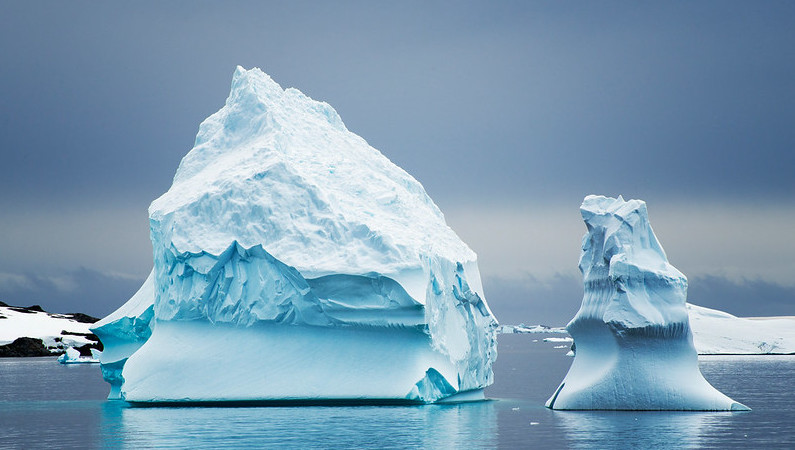
Sea level rise could exceed a metre by 2100 and five metres by 2300 if worsening global warming unleashes a rapid melt of Antarctica including the collapse of ‘ice cliffs’, according to a survey of more than 100 experts.
Deep cuts in greenhouse gas emissions would limit the rise in sea levels to less coast-swamping levels, with a maximum likely rise of just over two metres by 2300, they wrote in the journal Climate and Atmospheric Science.
“What we do today, within a few decades, will determine the rise of sea level for many centuries,” co-author Stefan Rahmstorf from the Potsdam Institute for Climate Impact Research in Germany said in a statement.
“The good news: we have it in our own hands,” he said.
The estimates, by 106 experts identified the most active publishers of research about sea level rise since 2014, were higher than those in many other reports, including a 2019 special report by the Intergovernmental Panel on Climate Change (IPCC) about oceans and melting ice.
That was partly because the expert survey included Marine Ice Cliff Instability (MICI) – the idea that vast chunks of Antarctica’s ice could crack off if ice shelves floating on the sea around the frozen continent break up and glaciers inland slide faster downhill.
MICI could meant that Antarctica’s glaciers, no longer a smooth slide of a tongue of ice into the sea, could instead have sheer cliffs 90 metres or more tall that could dump vast amounts of ice into the ocean.
Both Greenland and Antarctica are now undergoing a quickening thaw. MICI could help explain what happened about 130,000 to 150,000 year ago, when temperatures were slightly warmer than today, yet global mean sea level was 6–9 metres higher.
Scientists Robert M. DeConto and David Pollard wrote in a 2016 paper, widely cited by the 106 experts, that MICI could hold part of the solution along with its nasty twin MISI, Marine Ice Sheet Instability.
“The recent IPCC Special Report on the Ocean and Cryosphere in a Changing Climate (SROCC) included MISI (but not MICI),” the authors noted.
Under a scenario that would keep temperatures to around a rise of two degrees Celsius, in line withe Paris Agreement, the 106 experts projected a likely (central 66% probability) sea level rise of 0.30–0.65 m by 2100, and 0.54–2.15 m by 2300, relative to 1986–2005.
With unchecked emissions – a worst-case scenario known as RCP 8.5 with increasing emissions – the same experts projected a likely rise of 0.63–1.32 m by 2100, and 1.67–5.61 m by 2300.
Marginally less alarming, the IPCC’s SROCC last year estimated sea level rise of 0.6 to 1.07 metres by 2300 if the world cuts emissions sharply, and 2.3–5.4 m for RCP8.5.
